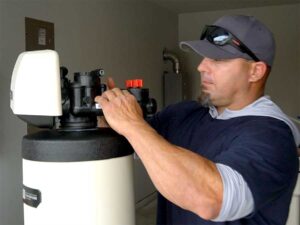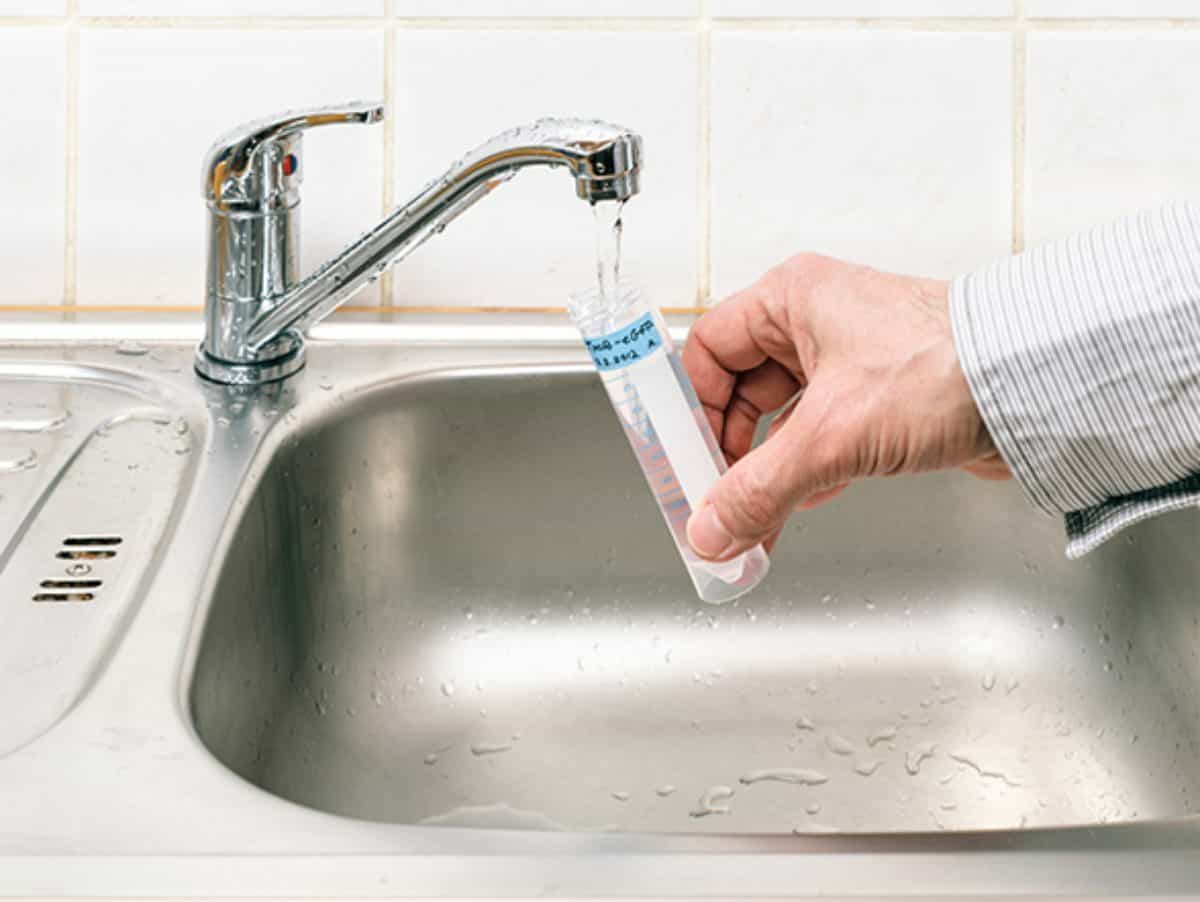Why Testing Tap Water is Important
We use tap water everyday. From washing our hands, cleaning our fresh fruits and vegetables, to preparing bottles for babies, we are constantly using our home tap water. But, have you ever thought about what is in that tap water and if it’s safe for your family? Chances are, it could have slipped your mind. This is why water testing is a great option for your home.
If you fill up a glass of water right now, chances are you’re going to see water that looks clean. Just because tap water looks clean, does not mean that it is clean. The Environmental Protection Agency (EPA) is in charge of keeping our water safe. However, these policies and stipulations have not been updated in decades.
Since then, our science has improved so much that we know more about these contaminants now than we did then. Not to mention, our piping systems have aged since then as well, bringing in the potential for more contaminants to reach our water systems. Companies like the Environmental Working Group (EWG) have created their own guide for water safety standards.
Knowing this, maybe you should put the glass of water down and schedule a free water test with us. That way, you know that the water you drink is the safest water possible.
How To Schedule Free Tap Water Testing With ONIT
Scheduling a free tap water testing appointment takes less time than reading this article.
No, really.
Learning about what is in your water has never been easier, thanks to ONIT. You can either call us at 1-833-433-0331, or you can simply fill out your information here, and we can get back to you on scheduling an appointment.
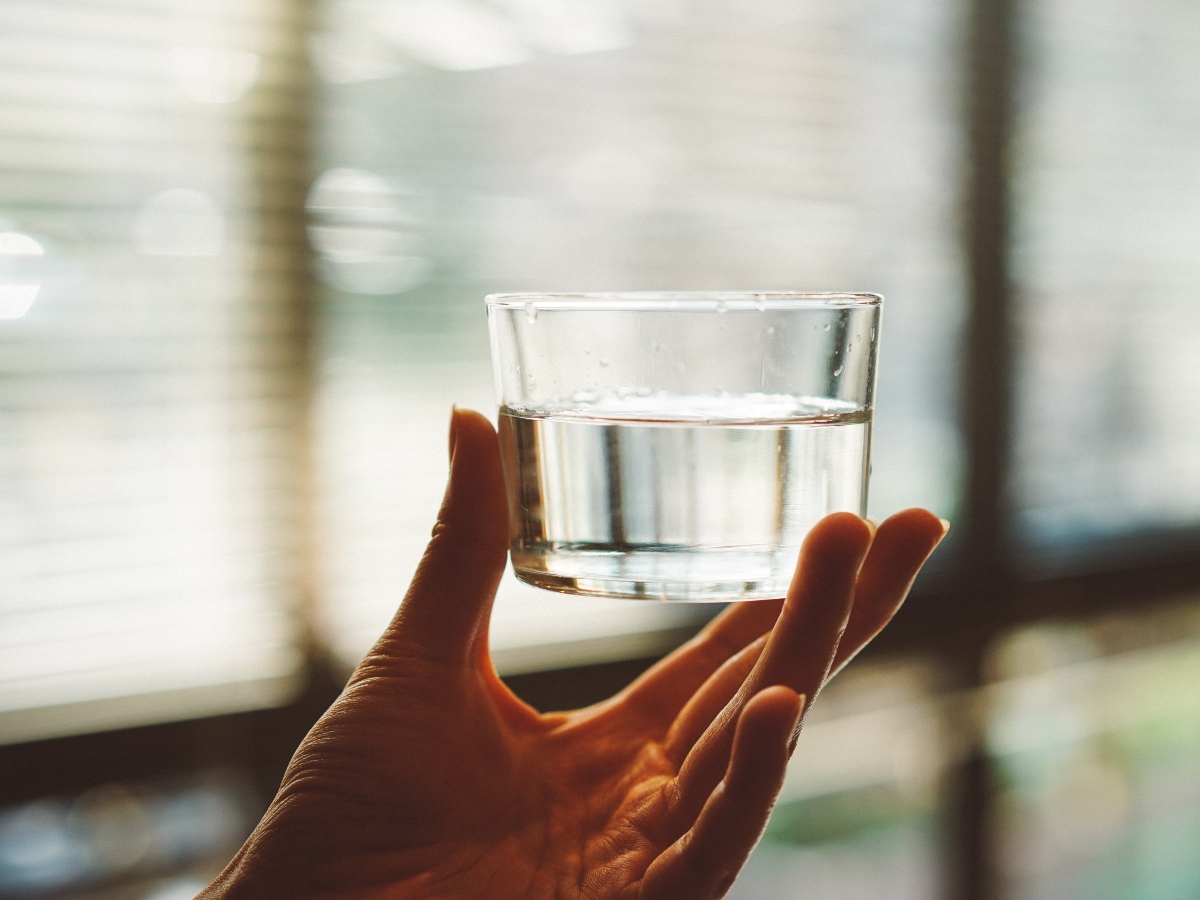
Do You Need To Prep Anything Beforehand?
The only thing that we need from you is a water source. We like to set up in your kitchen, so just make sure that the kitchen sink is accessible for testing.
How the Tap Water Testing Process Works
For tap water testing, our ONIT specialist will come straight to your home. The water technician will set up in the kitchen area and take water from your kitchen sink. The specialist will take a sample of your water and do the test for nine contaminants right there. They will share details of your city’s water results and the water treatment process while waiting on your results. While the test may be at your home, you should be confident that we are providing you with the most thorough, at home water testing available.
Test #1 Bromine
First, we test for Bromine. This test is done by taking a water sample with a pedometer. While Bromine is a chemical disinfectant, high levels in your water can lead to throat and eye irritation.
Test #2 Chlorine
We test Chlorine with a pool water test kit and add two solutions. These solutions cause the water to change color, depending on chemical levels. From there, we then compare your home water with a color reading guide to determine the Chlorine levels. Chlorine is found in most city water, as it is used to disinfect during the water treatment process. However, too much Chlorine can lead to asthma and breathing problems. However, it’s important to note that Chlorine has negative effects if it is combined with other chemicals. For example, if Bromine is combined with Chlorine, it leads to the creation of chemicals commonly known as Trihalomethanes. Ingesting Trihalomethanes through water is linked to cancer.
Test #3: Nitrates
Our third chemical we look for in tap water testing is Nitrates. We run this test through the pedometer. Nitrates get in our water through runoff septic tanks, sewer and fertilizer. The Nitrates then convert to Nitrite and high levels can cause infant blue baby syndrome or thyroid complications.
Test #4 Water Hardness
Having “hard water” is more common than you’d think! This happens through an excess of rock sediment in your water. We can test the hardness of your water with adding solution to your tap water. This solution will respond to the hardness of water through a color change. If water turns pink, then the water is hard. If water turns blue, your water is soft. Hard water can affect your skin, hair, and shorten the lifespan of your appliances.
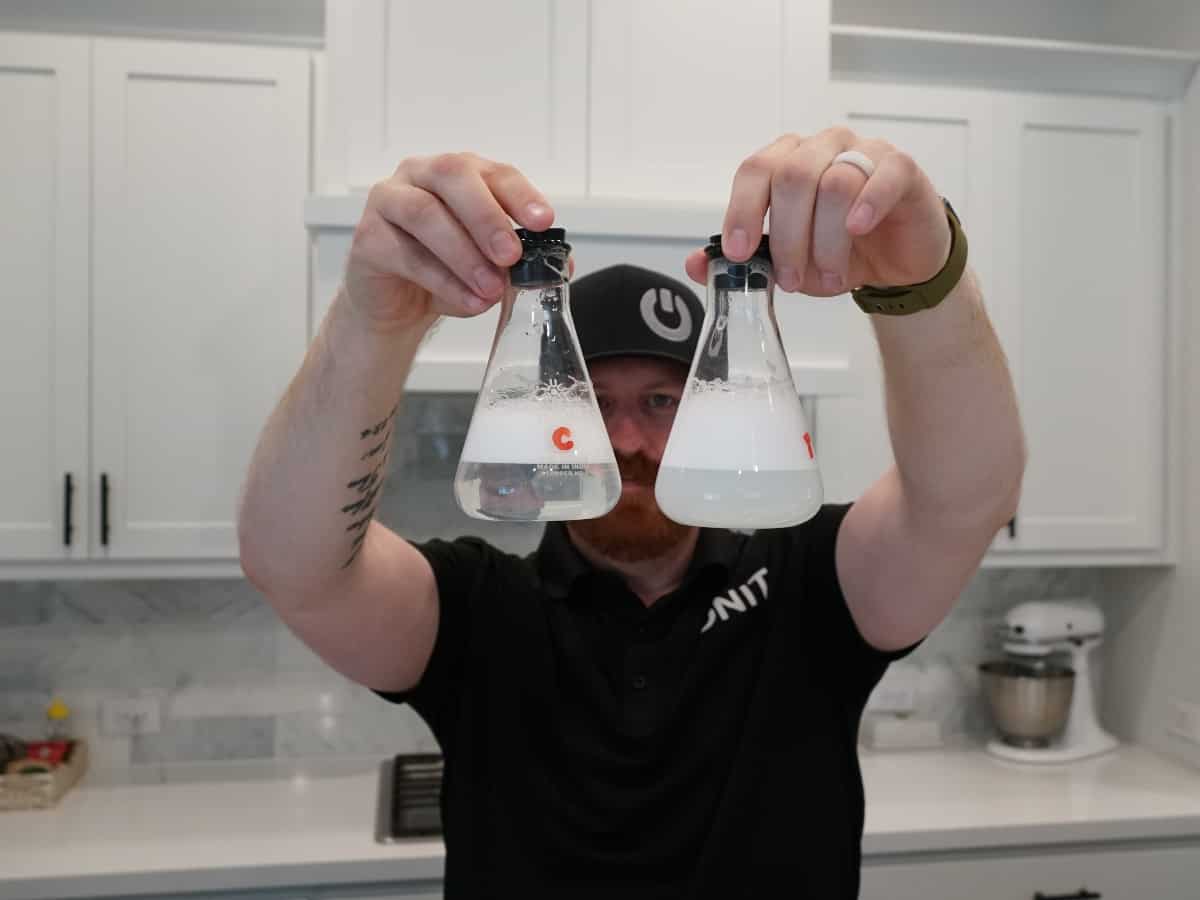
Tap Water Testing #5: Precipitate Test
The precipitate test is a visual test for how hard your water is. For this test, we will take multiple samples from your home and compare it to ONIT filtered water. We then add a solution that draws out water impurities, sediment and particulate matter from suspension to be visible.
Test #6 Chromium
Once again, we use the pedometer for testing water for hexavalent chromium. This chemical is a Nitrate that is deposited from steel through erosion. Health effects from exposure to hexavalent chromium include allergic contact dermatitis or lung cancer.
Test #7 A Hand Wash Test
We ask our customers to wash their hands with soap and water to feel the difference between tap water and filtered water. Unfiltered and hard water doesn’t rinse off all the soap, often leaving skin feeling dry. However, filtered water rinses off the soap and keeps your hands clean, and soft with natural oils.
Test #8 Heavy Metals
For the eighth step in tap water testing, we use the pedometer for heavy metals including Lead, Mercury, Cadmium and Cobalt. Heavy metals attract bacteria which can further lead to liver or kidney damage.
Test #9 Soap Shaker Test
For the final test, we see how much soap is necessary for your tap water, based on the hardness or softness. Hard water requires more soap to be used, causing you to spend more money every year. We add soap to water, shake the test tube, and see how many suds appear. The smaller amount of suds indicates that your water is harder.
Understanding the Results
After we have your results, we will explain the findings to you. It’s important to us that you understand what is in your water, and we’re here to educate you. By the time your appointment is over and the specialist has left, we want you to feel comfortable and knowledgeable about the information provided.
We will inform you on city water systems, the EPA standards, and the health goals we have for your water. We will even explain how these contaminants could affect your health, and if you’re ready, we will come up with the best possible filtration system for your household based on the water test results.
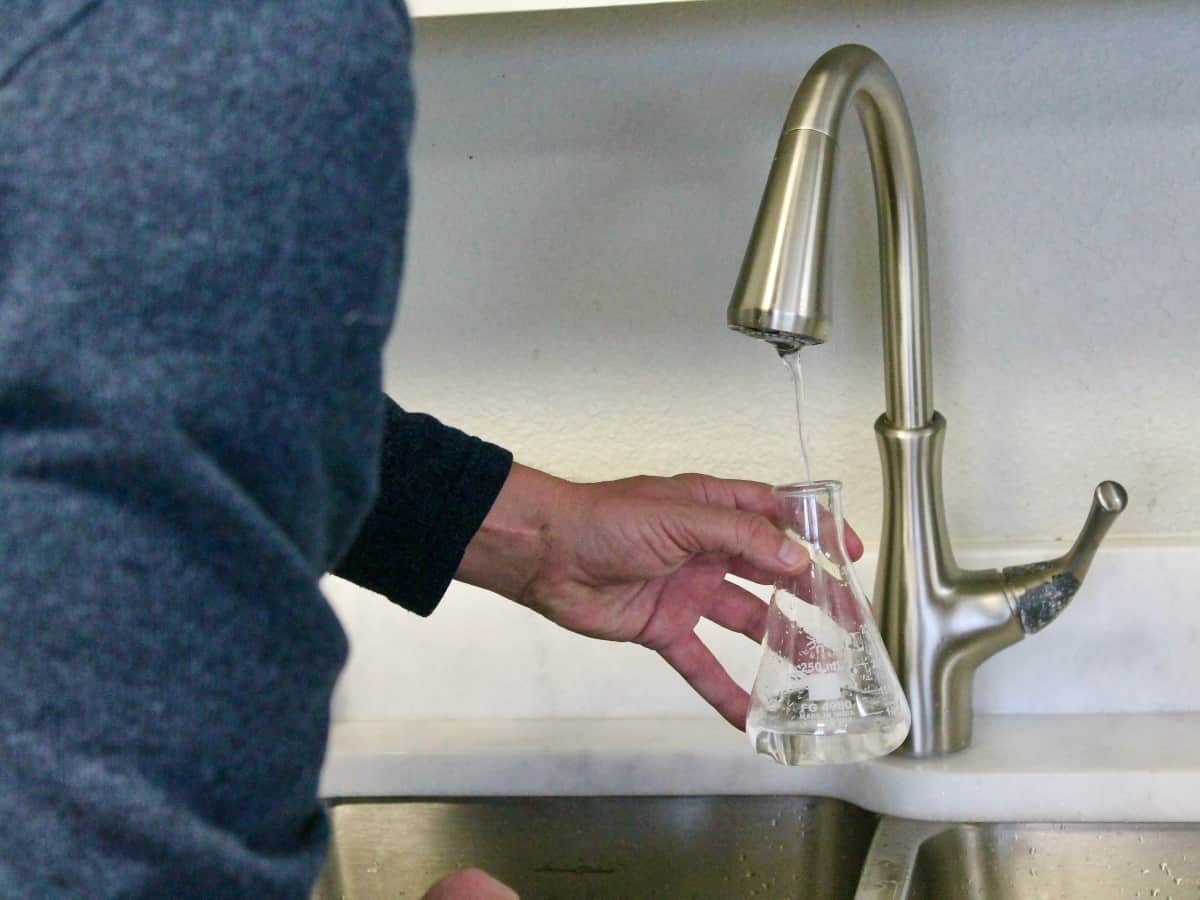
Moving Forward
At ONIT, we believe that safe water should not be a luxury; it should be accessible to everyone. That is why we believe in free water testing, so you know exactly what is in your water.
There are many options for a home filtration system, and we are here to help you find the best one for your household. Common benefits to adding a home filtration system through ONIT include:
- Removing 99.8% of harmful contaminants, including chemicals, bacteria, viruses, debris, chlorine and more.
- Your food and water will taste better and be healthier for you.
- Reduce plastic waste by not buying plastic bottles.
- Softer hair and clearer skin.
- Softer, brighter laundry.
Our free water test is commitment free, but we always recommend that homes are equipped with the right filtration system. The chemicals we find can be filtered out through the right system.
At ONIT, our team is committed to providing people with the best solutions for their homes. This is why we offer free water tests so families can understand what is in their water. We want to provide you with the best insight to the safety of your water system. You can count on us to find industry-leading systems and installation.
Give us a call at 1-833-433-0331 or visit us here to start your process today. We look forward to hearing from you and setting up your free water test.

